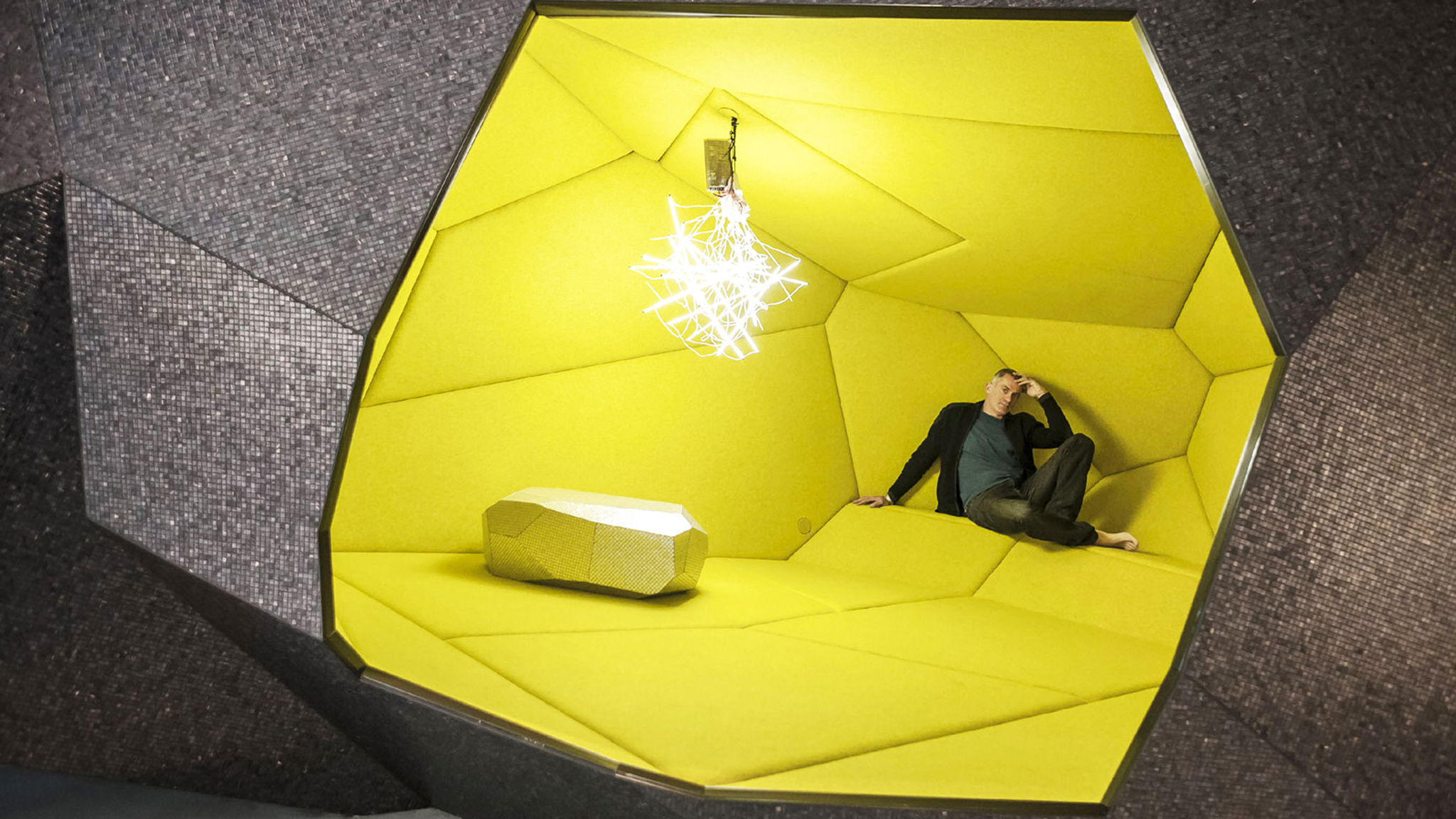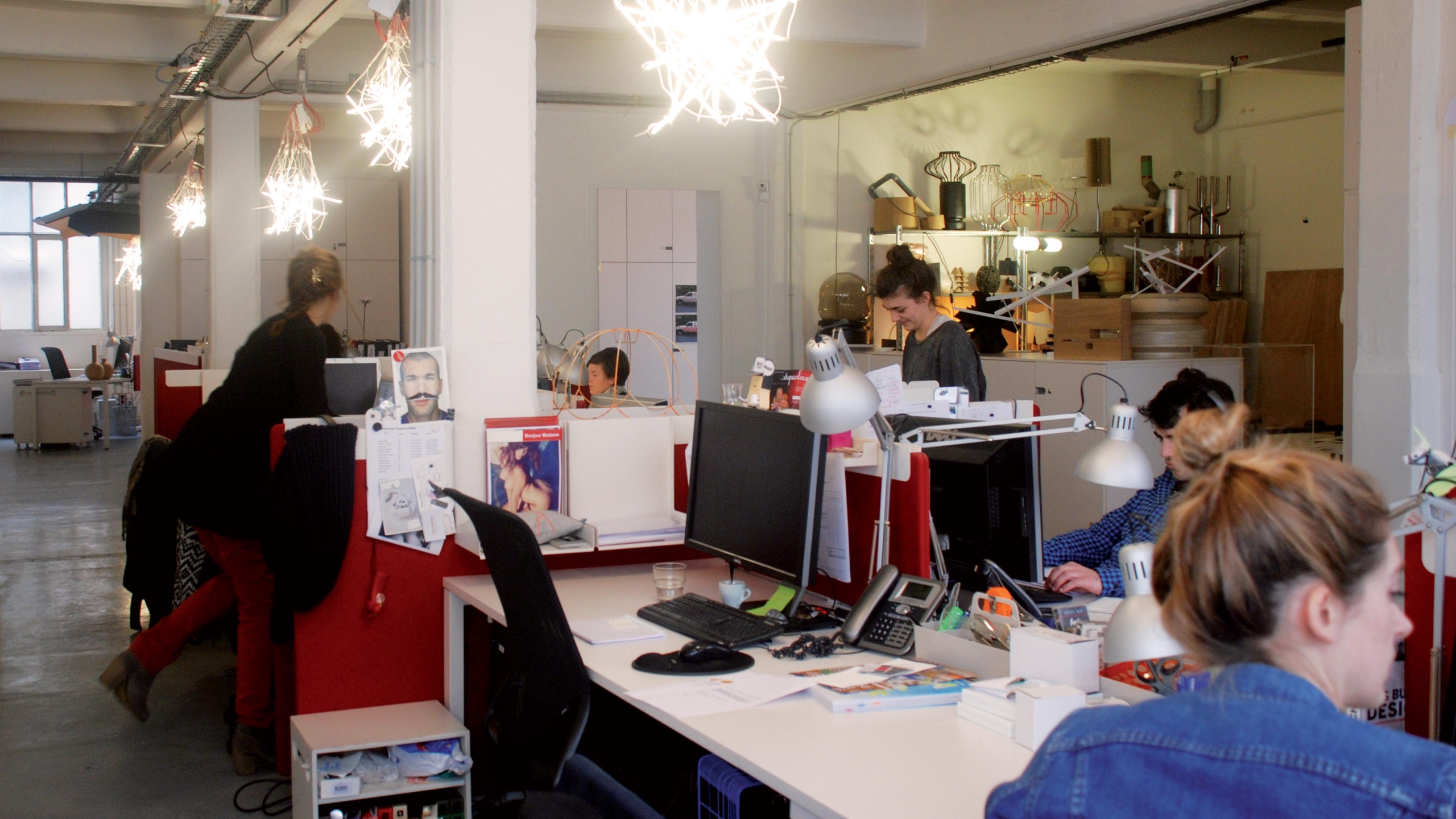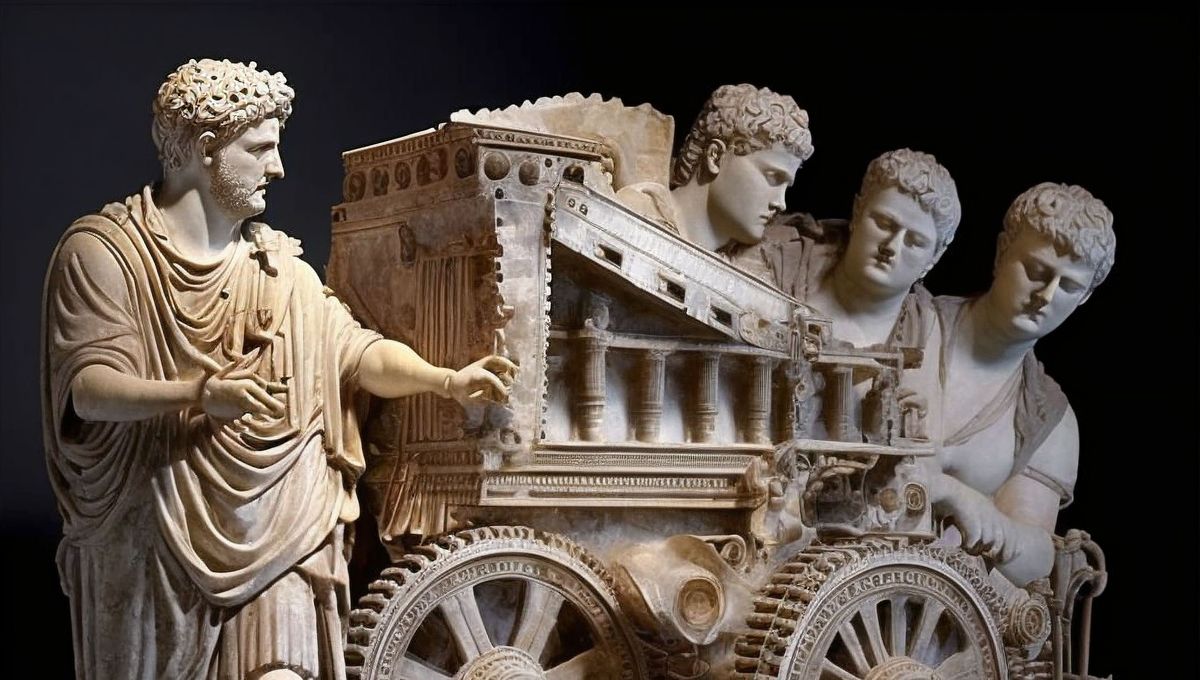Stream : You have designed office furnishings for Vitra since 2003, notably, the line of office furniture, ABC (2003), the organizational system, Storage (2004), and your latest design to date, WorKit (2008), could you elaborate on the logic of these systems?
Arik Levy : One of the most formative of my early office-system design projects was the Cartier headquarters in Paris, completed 2001. I won the competition, along with the support of Vitra, to design office systems for the some 20,000 m2, including space dividers, desks, lighting, etc. This project, among others, taught me not only about office design logics, but also the technicalities of systems that address issues of manufacturing, delivery, installation, and evolution with the needs of the client. The more configurations and reappropriations your system allows for, the more successful the system will be. All of the office systems I have designed seek to do this; my newest, Born SilentWall, is good example of a high performance, in this case acoustically sensitive, organizational tool for wide-open space. Systems like this address the needs of the office without requiring architectural intervention.WorKit also seeks to be extremely space and cost efficient. I have really tried to consider every aspect with its design. Using a very simple, clear design language of interchangeable modules, the WorKit can be adapted to dynamic styles of management, work habits, IT set-ups, cable management, and even aesthetic preferences of the client. It seeks to flush out an office, enhancing its attributes. I envision the office as the modern network hub. In the midst of cities, cars, public transport, mobile phones, industry, and time-ticking environment, you can open the door to your workspace, your place. The office functions sometimes as a second, or a first, home. It is the place where you invest a good part of your day, a unique landscape where realms of social interaction, work, and creativity mélange—a sort of urban picnic cosmos.











